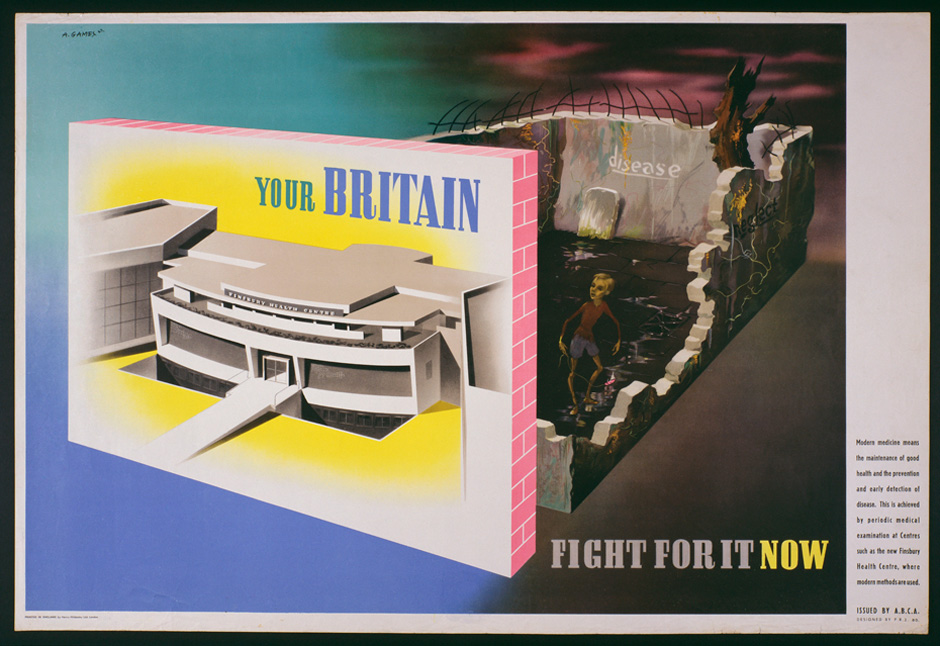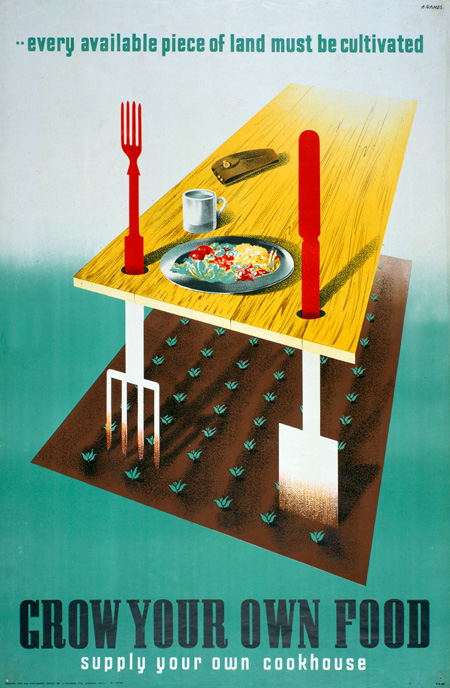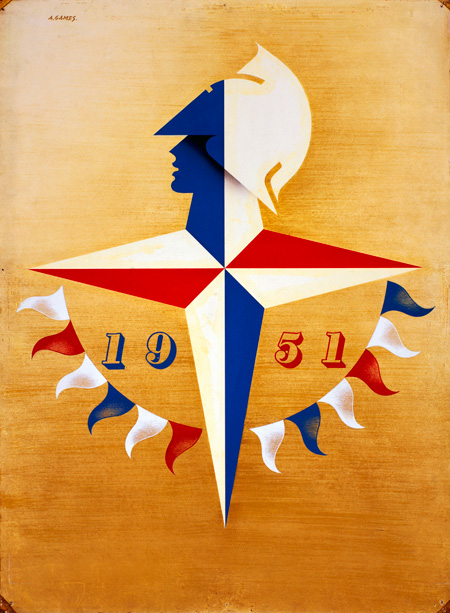As a new expo of the British graphic designer’s work opens at The Jewish Museum London, Nathan Ladd talks to Games’ daughter about his legacy

An artist has to “juggle making a living with their conscience” Naomi Games, believes. It is a juggling act her father, Abram Games – one of the greatest graphic designers of the 20th century – managed with expert dexterity.
Games was primarily a designer of posters, an artistic craft intimately entwined with the commercial world of product advertising and consumerism. Commercial commissions included popular advertisements for products for Guinness, Shell, BP, London Transport and The Times – commissions that gained him large-scale recognition. But Naomi explains, “He didn’t like the commercial world, he was rubbish with money, and he didn’t want to get into advertising, but he had to earn a living”. Instead Games’s heart lay with his social convictions; “He really wanted to do social posters, posters with a reason”.


The force of Games’s work comes from his commitment to the mantra “maximum meaning, minimal means”. His distinctive style of geometric bluntness, vivid colours and stark imagery provided a clarity and simplicity of message that captured the public’s attention. He was also influenced by the surrealist strand of modern art, which is reflected in his combination of seemingly incongruous images within his posters, like a spade and a ship in a wartime poster to encourage food production. The power of his compositions lay in the balancing of minimal design and maximum impact.
Moving along the carefully curated walls of the Jewish Museum London’s exhibition, Designing the 20th Century: Life and Work of Abram Games, his commercial and social commissions hang side by side. But it is clear that the most striking and powerful messages emerge from his most socially driven compositions. During wartime, he designed posters to encourage recruitment, discourage wasting food and strengthen support for the war effort. Stuck by the images he saw of the liberated concentration camp Bergen-Belsen in 1945, he did not eat for a week after. Then, he turned his hand to design posters that would expose the horrors of the Holocaust, most strikingly in the haunting poster simply entitled Displaced People. The poster is almost entirely consumed by a sepia-staring face, with huge, frightened eyes, transfixed on something behind the viewer’s head. The face is emblazoned with huge red letters DP and a single line, hand-drawn by Games, is stamped over the letters reading, ‘Over 200,000 Displaced Jews Look to You’. Naomi tells me “He did these posters without payment because it was a subject very dear to his heart”.
“He had an unshakable conviction in his designs, rejecting client feedback, offering his version or nothing”
“He was not afraid of a fight” she says, and Games’s principled posters led to many. Controversial poster, Your Britain Fight For It Now, that depicts a boy with rickets standing in the shell of a building, from the front of which emerges a newly built clinic. In the opinion of the country’s leaders, Games had taken the need to provoke debate about the new vision of Britain in a post-war context too far. Churchill described the poster as “exaggerated and distorted propaganda” and banned it from being used, ordering all copies to be destroyed.
But Games continued to unflinchingly tackle controversial issues throughout his sixty-year-career, often without fee, so strong was his belief. He designed posters for the United Nations, National Institute for the Blind, British Empire Cancer Campaign, World Health Organisation and others. He had an unshakable conviction in his designs, rejecting client feedback, offering his version or nothing. This inflexible methodology could lead to a loss of commissions but Games stuck to his vision: he was happy to compromise commercial success, but not his own integrity.
In his book Over My Shoulder, he outlined his belief in the responsibility of the designer. He writes, “He has the great gift of the artist, the power of the propagandist, the technique and machinery of modern civilization…He can be a tremendous power for good. It is by thinking as a man, as a human being, that he can make his contribution. If he thinks only in terms of technique, of his own profession, then he is lost and worthless.”
Games’s commitment to his conscience is an ideology that does not run strongly in our contemporary culture. To find someone so strongly guided by their principles, someone so bound by their social conviction and conscience that they shun commercial success and wealth is refreshing. Games had the power to sell products but instead he sold causes that convicted him. He transformed the poster from a commercial tool to a weapon of social awareness.




